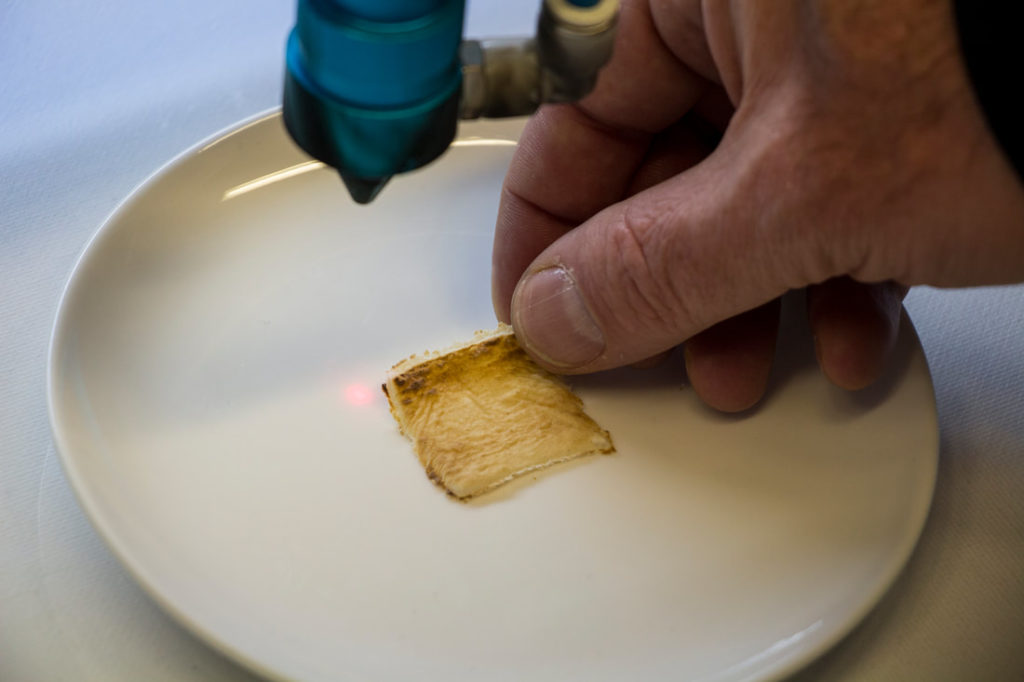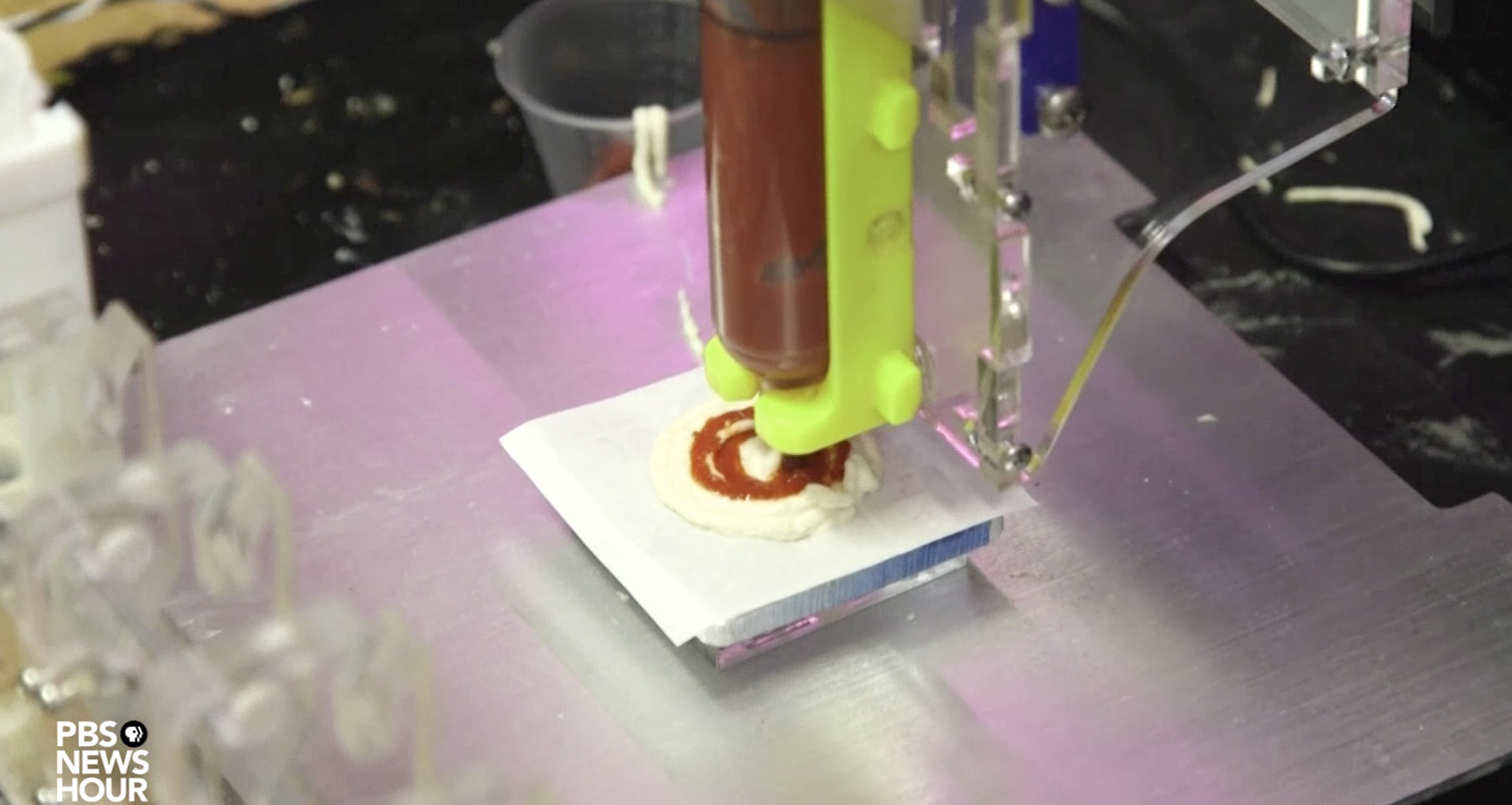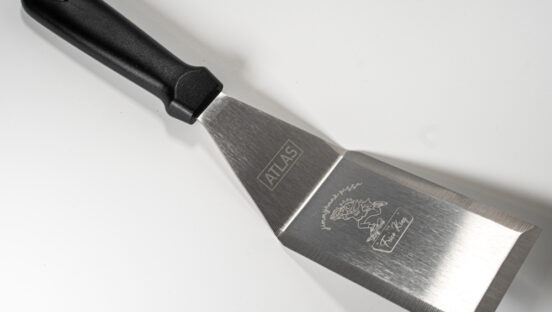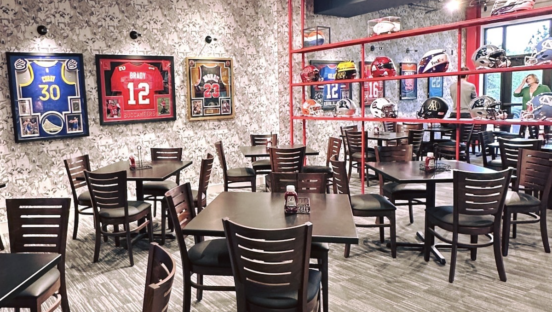A graduate student at Columbia University’s Creative Machines Lab has created a printer that’s designed specifically to print and cook pizza with lasers.
PBS News interviewed Jonathan Blutinger about the 3D-printing technology, which can easily print a basic pizza in layers: dough, sauce, and cheese.
The printer has an array of food cartridges from which each of the materials is laid onto a platform. To bake the pizza, lasers are shone at two mirrors angled towards the tiny pie. The lasers run over the pizza with commands given by the customized software, and the final pizza is millimeters-thin.
“It will naturally scale up as we kind of improve the printing process and we get more efficient with it,” Blutinger told PBS.
What is the future value of this invention? Blutinger said nutrition can be customized through this method, which could benefit medical facilities where patients can eat food supplemented with medicine or vitamins. In other words, digitizing food could help people stay healthy. A custom printer could learn an individual’s dietary needs and prepare meals tailored to boost health and well-being.

“In five to 10 years, we think this could be a clear possibility,” he said. “The technology’s there. It’s just a matter of time and marketing it in the right way for people.”
This technology was brought to reality in part by a $125,000 NASA grant in 2013 to Anjan Contractor, the CEO and co-founder of BeeHex, a food printing company. NASA’s goal: to create a way to provide food for astronauts on long space missions that can last up to 15 years. Contractor said back then that the food cartridges could potentially have a shelf life of 30 years.
Contractor told Quartz that he also envisioned a more grounded application for his invention: reducing global food waste.
“I think, and many economists think, that current food systems can’t supply 12 billion people sufficiently,” he said. “So we eventually have to change our perception of what we see as food.”
With extended shelf life and cartridges sourced from possibly cheap ingredients like algae, duckweed, and grass, the technology will make food accessible to the masses without wasting produce.
Like Blutinger, Contractor said 3D printers can help provide personalized nutrition plans. “If you’re male, female, someone is sick — they all have different dietary needs. If you can program your needs into a 3D printer, it can print exactly the nutrients that the person requires,” he said to Quartz.
He kept the software portion of his invention open-source, meaning anyone can find creative uses for the 3D food-printing hardware. This may be because his own prototype was based on a piece of open-source hardware: the second-generation RepRap 3D printer.
The future is uncertain, but a future with printed pizzas would be worth striving for.













